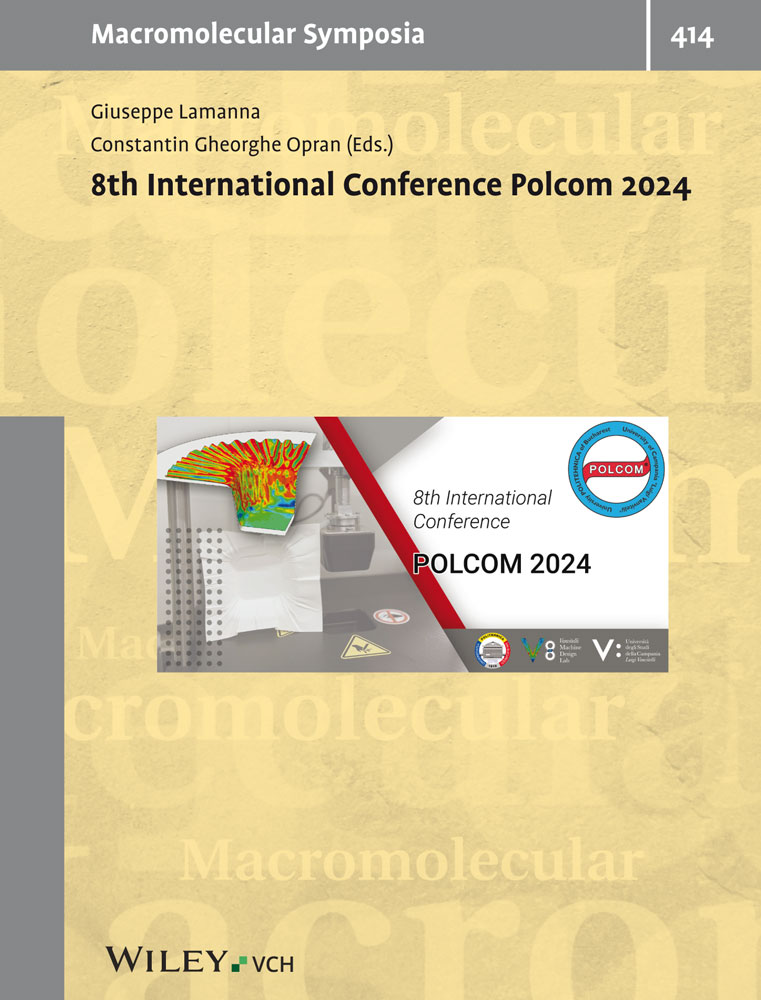Preparation of PA6/nano titanium dioxide (TiO2) composites and their spinnability
Abstract
In this work, surface modification technique with coupling agents and anchoring polymerization was adopted to tailor the surface properties of nanoscaled titanium dioxide (TiO2). Ethyl glycol sols with TiO2 were prepared in order to simulate the dispersibility of differently modified TiO2 in a molten polyamide 6 (PA6) matrix. The modified TiO2 were melt compounded with PA6 and composites and fibers were prepared. The average filler diameter of 47 nm (in composites) and 44 nm (in fibers) indicated homogeneous dispersion of TiO2 in the matrix, whereas unmodified TiO2 showed agglomerated structures in the PA6 matrix. The mechanical properties of the composite fibers were improved as compared to pure PA6 fibers and composite fibers with unmodified TiO2.




